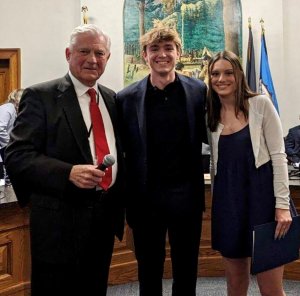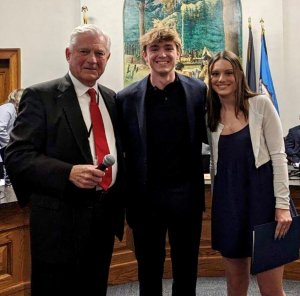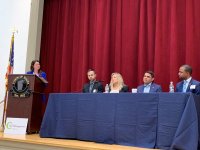With winter coming and climbing numbers of COVID-19 cases, we’re facing the prospect of several more months of isolation during this pandemic in order to protect our communities and flatten the curve. Unfortunately, isolation and loneliness can take a demanding physical and emotional toll. Loneliness is linked to a 29% greater risk of heart disease, 32% greater risk of stroke, 50% greater risk of dementia, and increased rates of depression, anxiety, and suicide.
Long-term social isolation is a serious concern, and while it has been hard on everyone, it’s been especially distressing for older adults. Even before COVID-19, nearly one-fourth of Americans 65 and older were considered socially isolated. Now, with so many seniors staying home, away from family and friends because of the pandemic, that number is rising—and so are the health risks to an already vulnerable population.
As a physician who specializes in geriatric care, I see the change in older patients who no longer have regular in-person contact with loved ones, and it’s heartbreaking. The situation is especially difficult for those with dementia, who don’t understand why they no longer have visitors.
There are several simple things we can do for the active seniors in our lives, but relieving the loneliness of older seniors who may have a myriad of conditions has been very challenging for families. For seniors who are open to it, video chat platforms offer creative ways to enjoy each other’s company. Families and friends are playing board games, knitting, and watching the same television programs together in real time.
Even before the pandemic, letters, phone calls, children’s drawings and photographs have always been important reminders to seniors that someone cares. Regular communication of any kind helps make your family member or neighbor feel included, heard, and valued. Such contact can mitigate feelings of isolation, worry, and loneliness for both of you.
The same level of interaction is not possible with adults who have a cognitive impairment or are declining. They may not be able to distinguish a face on a screen or understand who is on the other end of the phone call. These are adults who often respond best to someone holding their hand or singing softly near their bedside. Physically separating to protect these family members from infection is changing the quality of life for all involved and can feel painful for families.
There is no one-fits-all solution to these situations. A good start is to sit down with your family, the physician, and caregivers involved to discuss options. Some families are choosing a single, designated person to be physically present regularly with their senior, taking extraordinary precautions. Others look for alternatives, such as music and headphones, or life-like toy pets for company. Some are recording their own voices, to help their loved ones feel close, such as with Simulated Presence Therapy. Caring for this population of adults is currently a national conversation that may inspire more solutions in the months ahead.
We know the safest thing to do during this pandemic is to stay home, but that doesn’t mean we have to give up enjoying the company of our family, friends, and neighbors. While social distancing protects against infection, it doesn’t protect us from the consequences of being isolated for weeks and months at a time. Pick up the phone. Write a letter. Talk with your senior’s caregiver about options for increasing personal connection. We can make the pandemic a little easier to bear by staying as emotionally close as possible.
If you have any concerns that your family member or neighbor is more than lonely, perhaps experiencing depression, encourage them to call their primary care provider. Our primary care practices through Saratoga Hospital Medical Group offer behavioral health screenings, now, through telemedicine visits.
Learn more about our primary care and behavioral health services at SaratogaHospital.org.





























 How to resolve AdBlock issue?
How to resolve AdBlock issue? 









